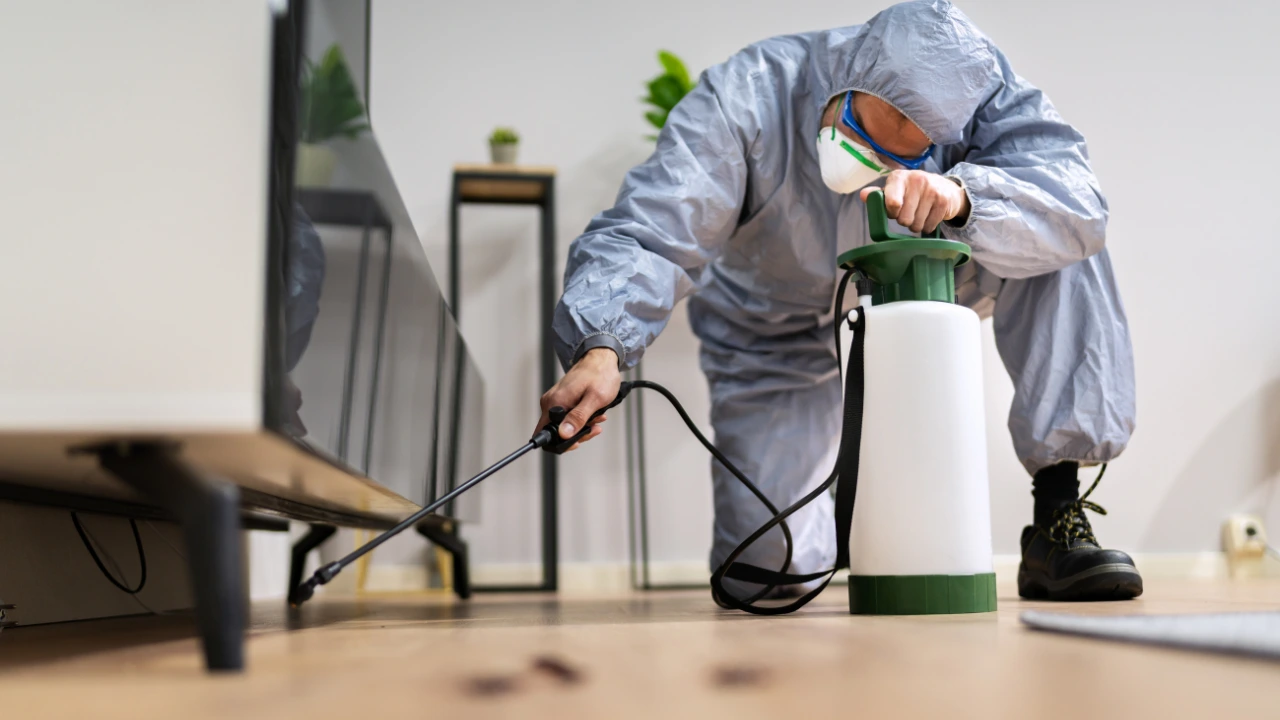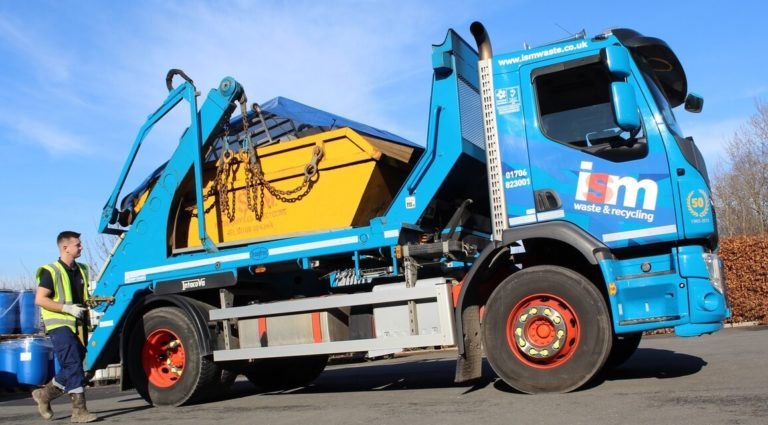Defending Your Property: Termite Pest Control Strategies in Singapore
Termites are one of the most destructive pests in the world, and in a humid, tropical country like Singapore, the risks they pose are heightened. These silent destroyers can infest a property for months or even years without noticeable signs—until significant damage has already occurred.
In this article, we’ll explore the common types of termites pest control singapore, the signs of an infestation, and the most effective pest control strategies available to protect your home or commercial property.
Why Termite Control Matters in Singapore
Singapore’s warm climate and high humidity levels make it an ideal breeding ground for termites. Many of the buildings—especially landed properties and older HDB units—contain timber elements or furniture that are highly vulnerable to infestation.
Unlike other pests, termites cause damage silently. They don’t just invade wood; they consume it from the inside out, often compromising the structural integrity of beams, flooring, and even walls without immediate detection.
Failing to address a termite problem early can lead to:
- Severe structural damage
- Costly repairs or renovations
- Decline in property value
- Health and safety risks
Types of Termites Commonly Found in Singapore
Subterranean Termites
These are the most destructive termite species in Singapore. They live underground and build complex tunnel systems to access food sources, often entering homes through foundations or cracks in concrete.
Characteristics:
- Thrive in moist environments
- Build mud tubes for travel
- Attack timber, insulation, and even plastic
Drywood Termites
Less common but equally damaging, drywood termites infest dry timber without needing soil contact. They often enter through gaps in wooden doors, window frames, or infested furniture.
Characteristics:
- Live inside the wood they consume
- Leave behind fecal pellets (frass)
- Can survive without external moisture
Warning Signs of Termite Infestation
Early detection is crucial in mitigating damage. Here are some red flags that could indicate termite activity:
- Mud Tubes: Subterranean termites create pencil-thick mud tubes along walls and foundations.
- Hollow Wood: Tap on wooden structures. If they sound hollow or soft, termites may be inside.
- Swarmers: Flying termites or discarded wings near windows and lights are often signs of an active colony nearby.
- Frass (Termite Droppings): Small piles of pellets indicate drywood termite presence.
- Warped Doors or Windows: Termite tunnels can cause wooden frames to swell or warp.
- Cracked Paint or Bubbling Wallpaper: Termites tunneling under surfaces may distort finishes.
Termite Control Methods in Singapore
Termite control strategies vary depending on the species, extent of infestation, and type of property. Here are the most effective methods used in Singapore:
Soil Treatment (Chemical Barrier)
This method involves applying liquid termiticide into the soil around a property’s perimeter. It acts as a chemical barrier that kills or repels termites attempting to enter.
Best for: New construction or as a preventive measure for landed properties
Pros: Long-lasting (up to 5 years), highly effective
Cons: Requires drilling and trenching; chemical sensitivity concerns for pets/children
Baiting Systems
Termite baiting involves placing bait stations around a structure. Termites feed on the bait, which contains slow-acting poison, and carry it back to the colony, eventually eliminating the source.
Best for: Active infestations or hard-to-reach colonies
Pros: Environmentally safer, minimal disruption
Cons: Takes longer to see results (weeks or months)
Direct Wood Treatment
Infested wood is treated with liquid termiticides or foams that penetrate and kill termites inside.
Best for: Localized drywood termite infestations
Pros: Immediate control in targeted areas
Cons: Doesn’t prevent future infestations
Heat and Cold Treatments
Less common but gaining popularity, this technique uses extreme heat or cold to exterminate termites without chemicals.
Best for: Sensitive environments or eco-conscious homes
Pros: Chemical-free
Cons: Requires specialized equipment and may not be effective on deep infestations
Prevention Tips to Avoid Termite Infestation
While professional treatments are effective, prevention is your first line of defense. Adopt these habits to deter termites:
Reduce Moisture
Termites are drawn to damp environments. Fix leaky pipes, maintain proper drainage, and use dehumidifiers in enclosed areas.
Store Wood Properly
Keep firewood, timber, and cardboard boxes away from your home’s foundation and off the ground.
Ventilate Crawl Spaces
Poor ventilation in basements or crawl spaces can create ideal conditions for subterranean termites. Use vents or fans to improve airflow.
Seal Cracks and Gaps
Inspect your home for gaps in foundations, walls, and flooring. Seal them with caulk or concrete to prevent entry.
Regular Inspections
Schedule annual termite inspections, especially if your property has wooden structures or is in a termite-prone area.
Termite Control in Residential vs. Commercial Properties
Residential Homes
Landed properties are at higher risk due to ground contact. Homeowners should consider both preventive treatments and periodic inspections.
Tips for homeowners:
- Install bait systems around the perimeter
- Treat timber during renovations or remodeling
- Monitor furniture for signs of drywood termites
Commercial Buildings
Termites in commercial properties like offices, schools, or retail outlets can affect operations and pose safety hazards.
Tips for property managers:
- Schedule routine pest control services
- Educate tenants or employees on spotting signs
- Keep building exteriors and landscaping well-maintained
What to Expect During a Termite Control Service
A standard termite control process in Singapore may involve:
- Inspection: Technicians will assess the structure and locate infestation points using thermal scanners, moisture meters, or tapping methods.
- Treatment Plan: Based on the species and infestation level, a customized solution is proposed.
- Application: Chemical, bait, or physical methods are applied.
- Monitoring: Bait systems and treated zones are inspected over time to ensure effectiveness.
- Follow-Up: Long-term protection includes scheduled check-ups, especially for properties with prior history.
Conclusion: Act Early, Save Big
Termite pest control in Singapore is more than a one-time fix—it’s a continuous process of vigilance, prevention, and maintenance. With the country’s conducive climate, every property—old or new, big or small—is at potential risk.
Being proactive about termite control not only protects your investment but also ensures peace of mind. Whether you’re a homeowner or a business operator, understanding the local pest landscape and taking timely action is essential to keeping these silent destroyers at bay.







